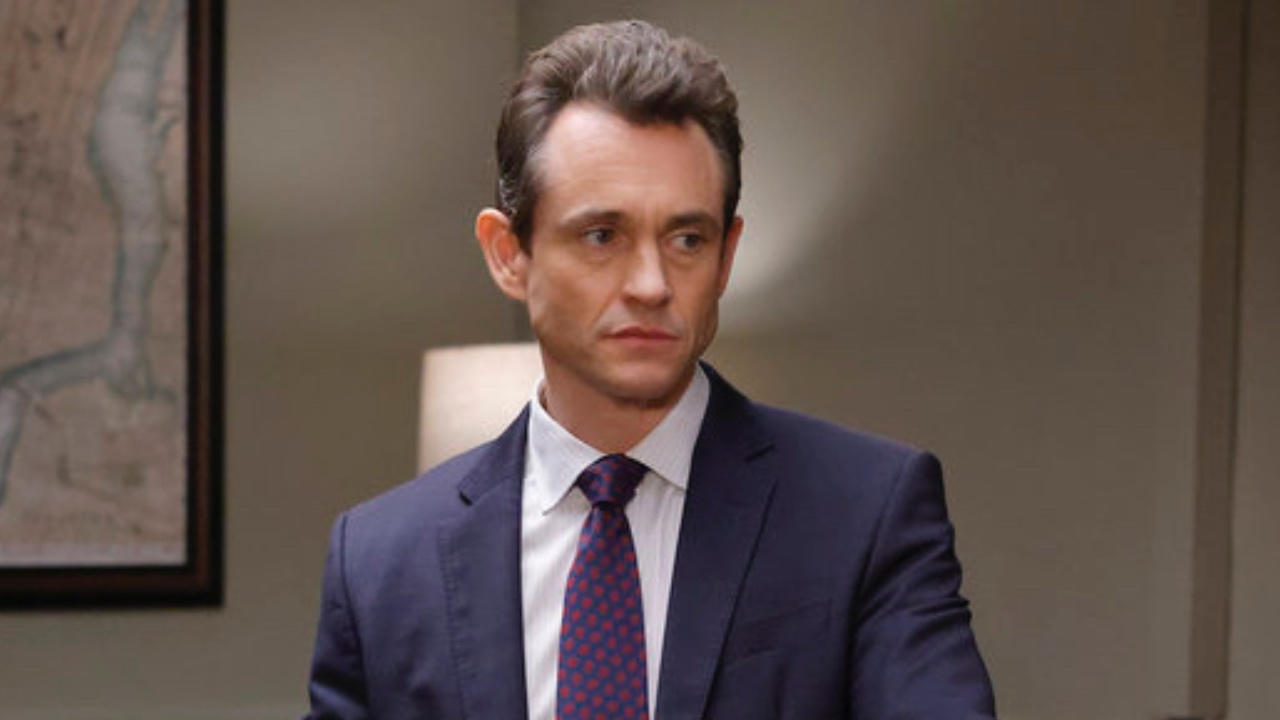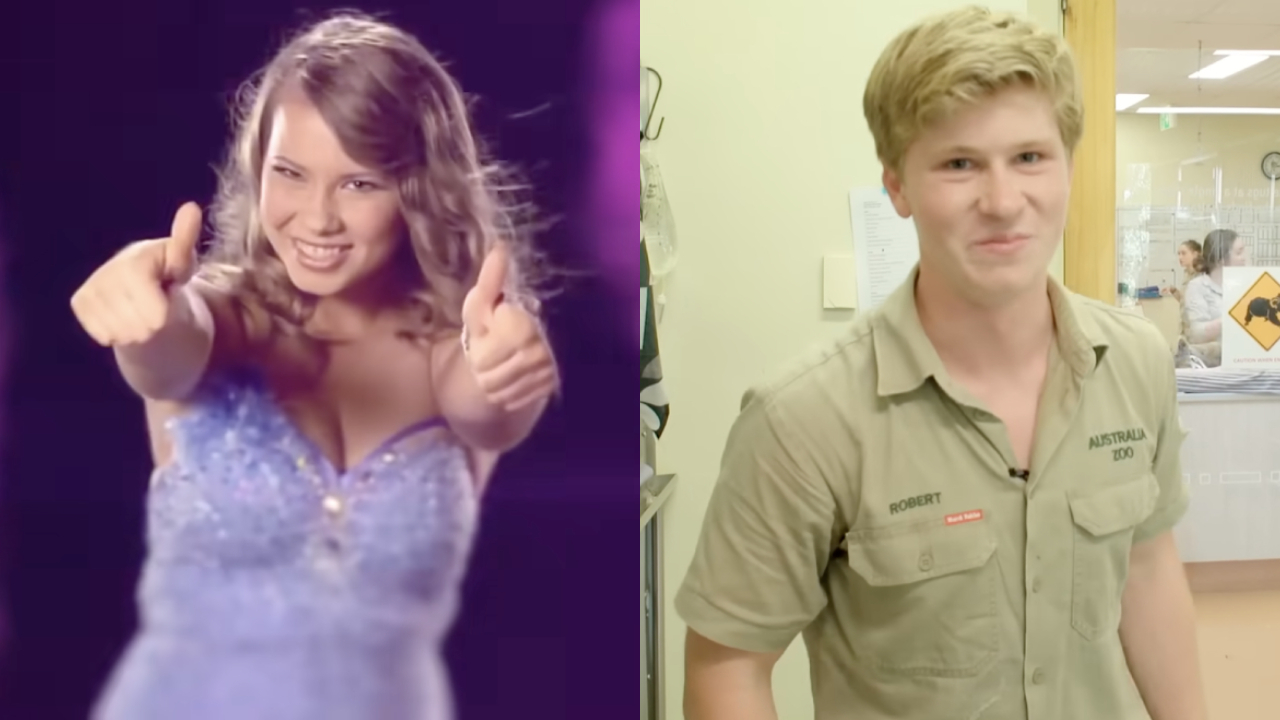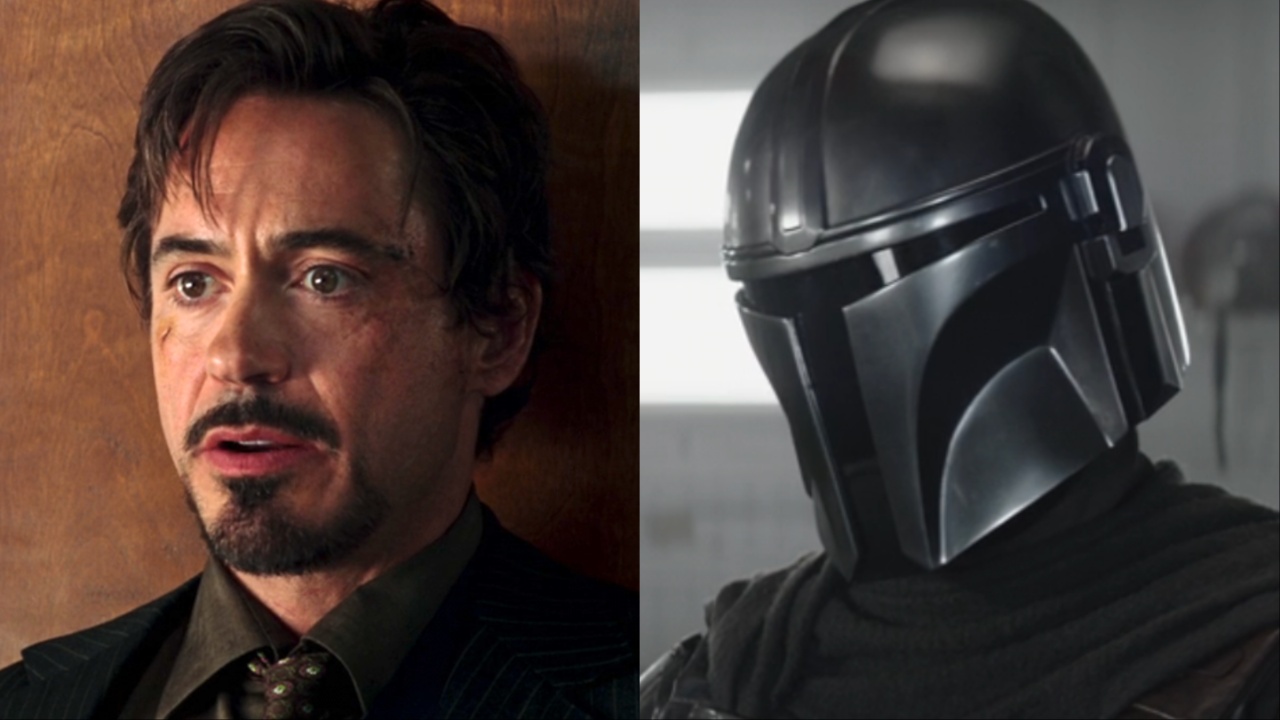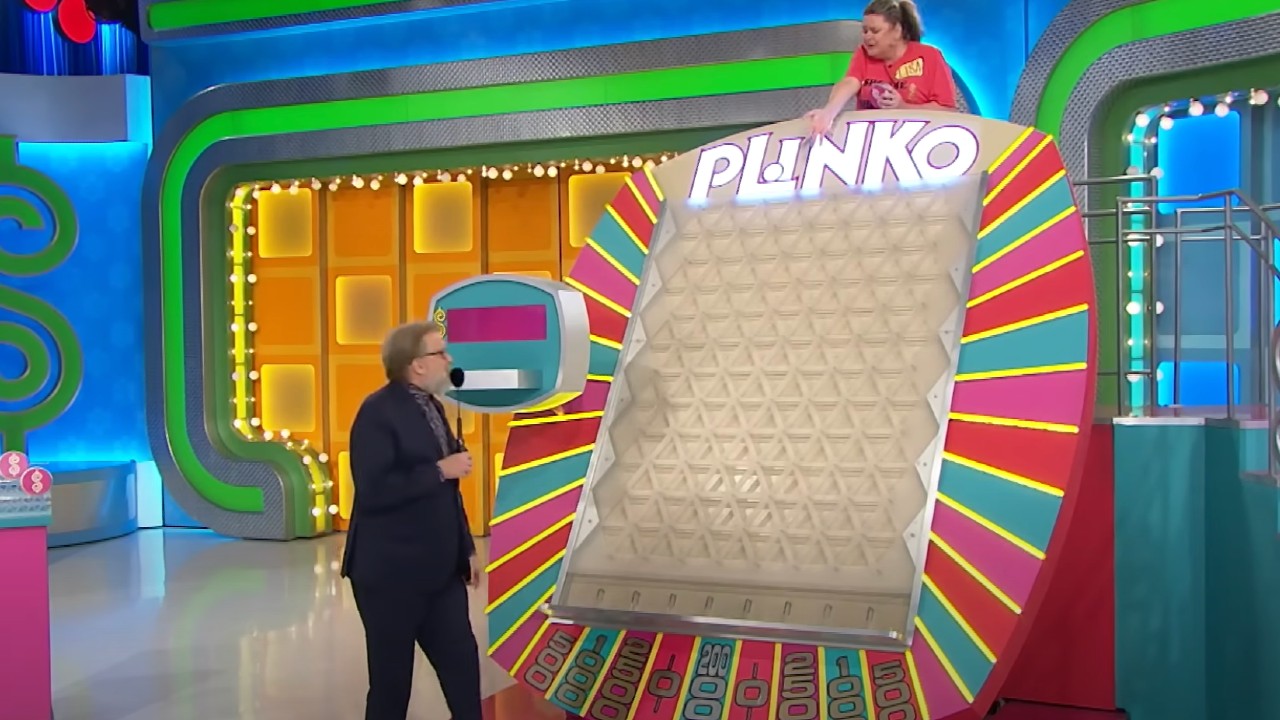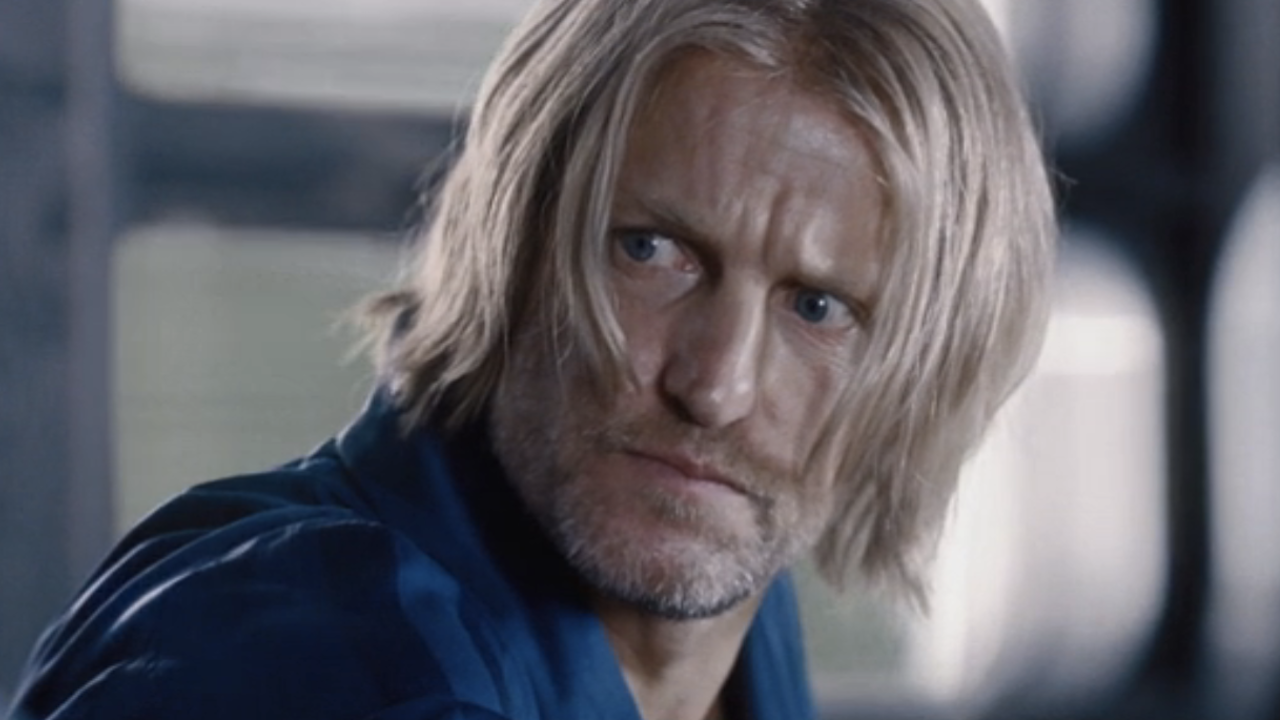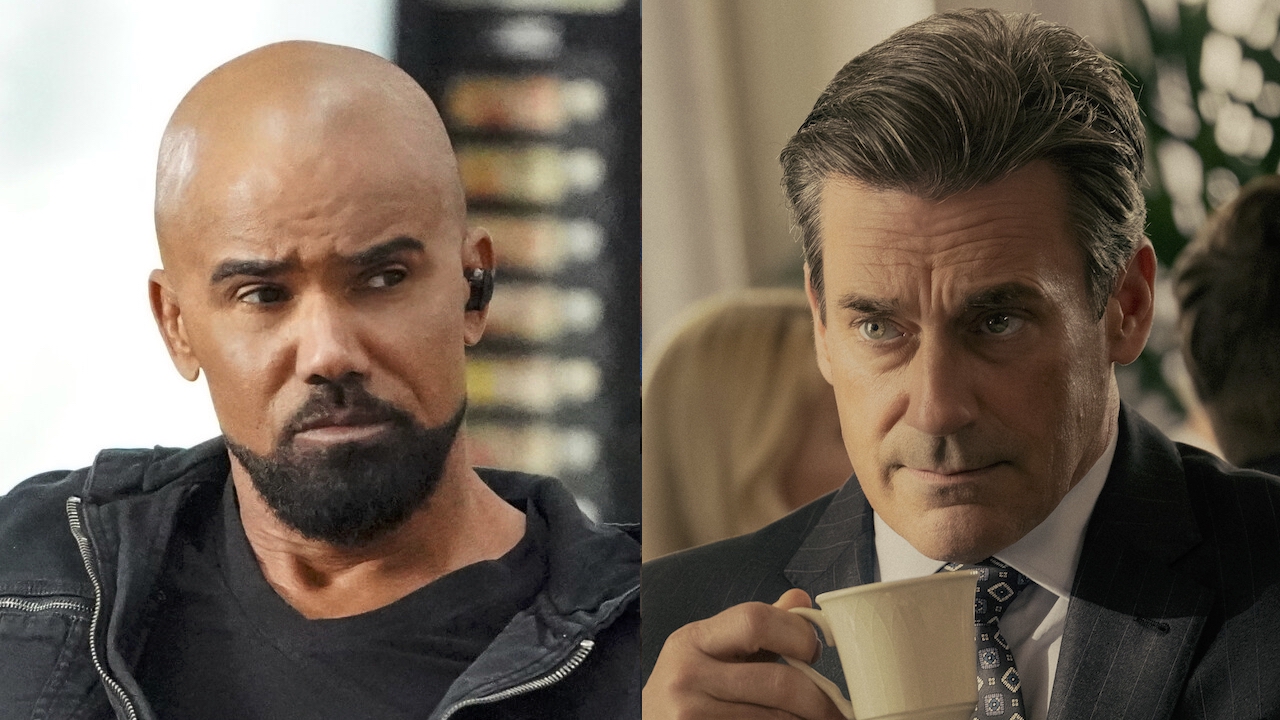Does Mission: Impossible Prove IMAX Is The Future Of Moviegoing?
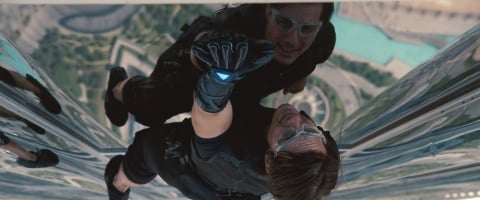
For years we've been promised that 3D, the clunky, expensive method of jazzing up images that are usually pretty impressive on their own, was the future of moviegoing. Movie theaters have been suffering declining audiences since the invention of television, but lately things seemed to be getting much worse, with a million other things competing for the attention of people just looking for something to do on a Friday night. For a while, or at least when Avatar came out, 3D seemed like a win for everybody-- moviegoers got to see something spectacular, exhibitors and filmmakers made more money from premium tickets.
As we all know, that hasn't lasted-- 3D has been used badly more often than not, and at a certain point the novelty wears off, leaving you wearing glasses to see something that would probably look great anyway. Studios have clung to 3D as a liferaft of cash in an era of declining audiences, but this week a new contender might have presented itself as the future of moves-- a contender that's more than 40 years old.
If you see even a frame of Mission: Impossible - Ghost Protocol on the largest screen possible, you'll know what I mean-- and if you see it on IMAX, you might be too busy scraping yourself up off the floor to read this. The new film from Pixar veteran Brad Bird, which opens today on IMAX screens and everywhere next Wednesday, is the most spectacular narrative use of the large-screen format maybe ever, and has a power to thrill audiences that comes directly from its enormous screen. The movie isn't shot entirely in IMAX-- we're a long way off from that being a reality thanks to the clunky cameras-- but it switches seamlessly from 35 mm to the IMAX 70 mm for the sake of giant action sequences, and every single one of them pays off. The already famous scene in which Tom Cruise scales Dubai's Burj Khalifa is the pinnacle of the IMAX grandeur, but there's more where that came from, all of them adding up to a moviegoing experience that'd be absolutely impossible to recreate at home.
That's the holy grail that studios and exhibitors have been searching for, and though they may not yet be admitting that 3D isn't it, the very existence of 3D TVs proves it's no longer a "see it exclusively at the movies" kind of experience. But I'm not aware of any TVs claiming to be IMAX, and even if they were they couldn't match the experience of, say, the IMAX theater at Lincoln Square in New York, where I saw Ghost Protocol. A middle seat in that theater, which may be the very best in New York, perches you in the middle of the 8-story screen; when the camera flies over the top of the Burj Khalifa tower, you may instinctively grab the bottom of your seat to keep from pitching into the empty sky. Try getting that effect while wearing 3D glasses.
Obviously not every movie is going to be made in IMAX, and few filmmakers are likely to match the vertiginous effects that Brad Bird accomplished (and in his first live-action film!) But Mission: Impossible - Ghost Protocol is the first non-3D movie in a long, long time that I absolutely insist everyone I know needs to see, on the biggest screen possible (and preferably not on those bullshit fake IMAX screen that practically ruin my argument). IMAX has been around for so long that it's not hard to imagine it outliving the 3D trend, and if anyone puts as much thought and effort into the format as Bird, or Christopher Nolan with The Dark Knight, we might really be able to preserve the age-old tradition of going to the movies to see something spectacular that absolutely cannot be replicated at home.
CINEMABLEND NEWSLETTER
Your Daily Blend of Entertainment News
Staff Writer at CinemaBlend


